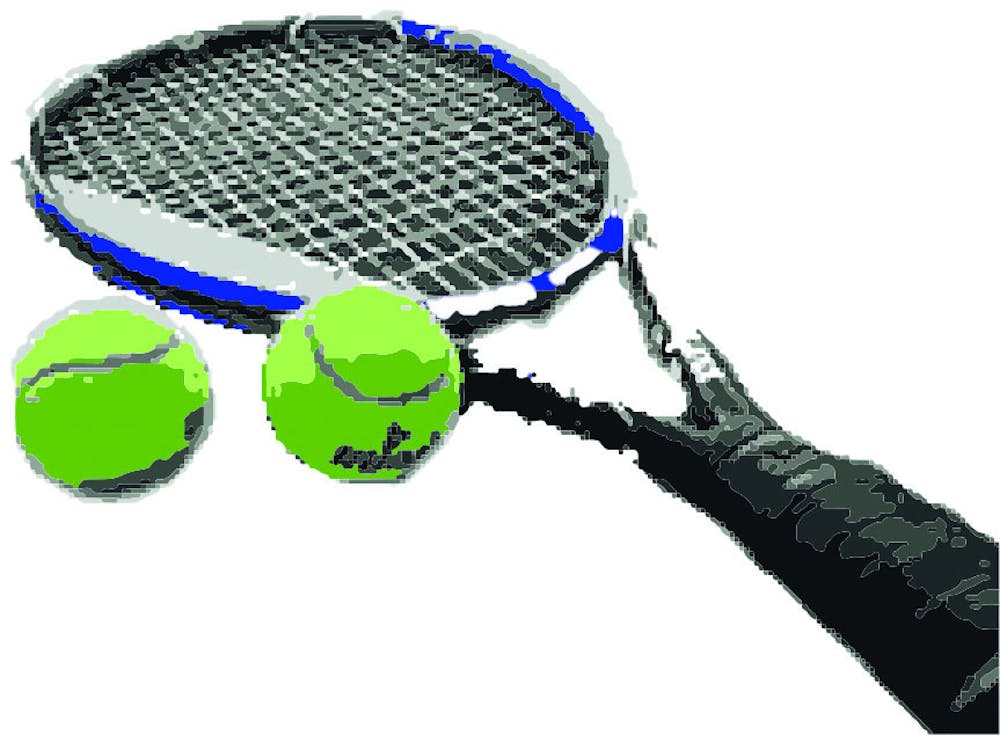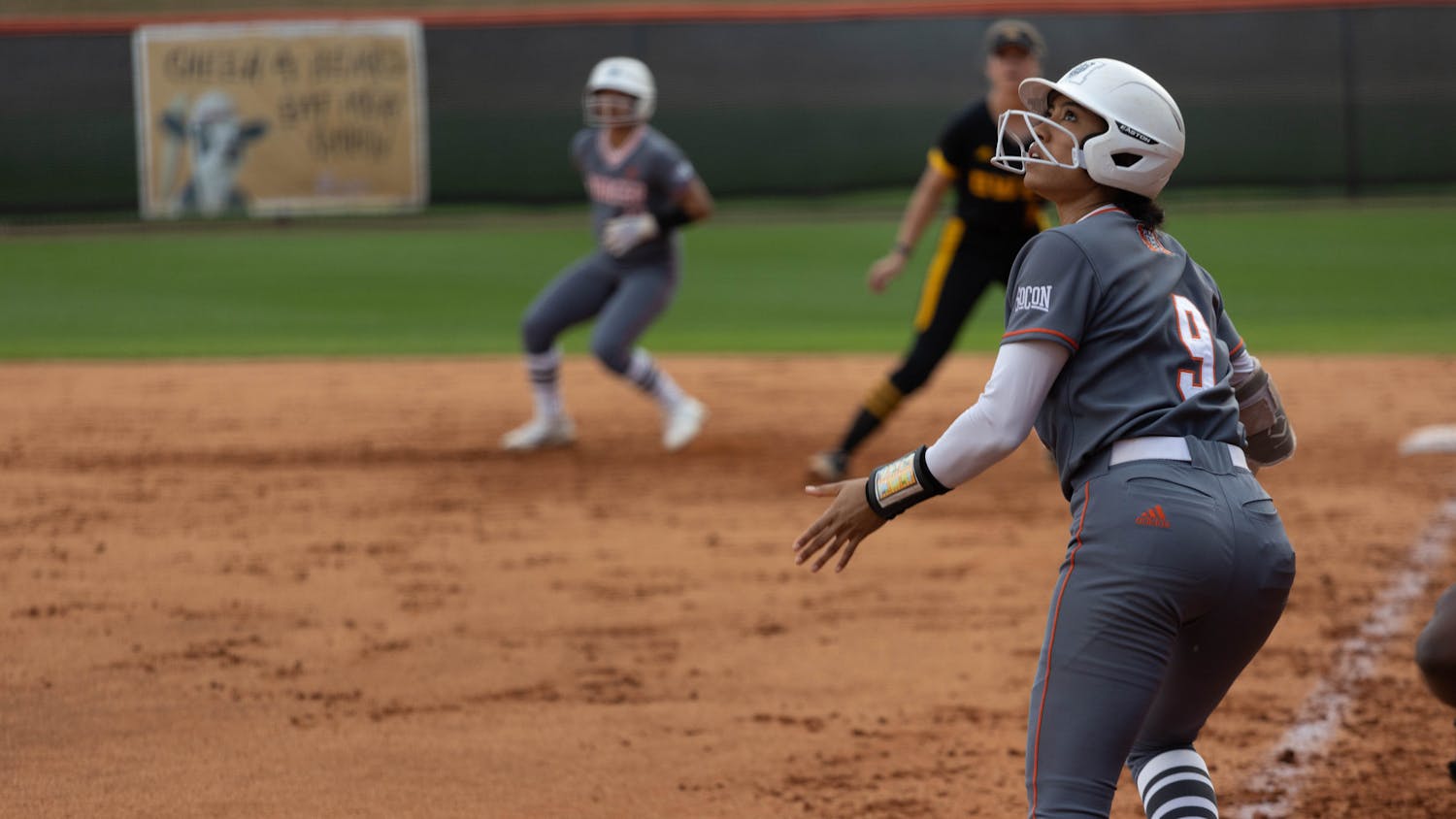As the 2020 U.S Open concluded Sept. 13, there were some major implications for tennis during the tournament. Ranging from COVID-19 adjustments to major tennis history, here are three important takeaways from the U.S. Open.
Tennis can happen during the pandemic
The U.S. Open has followed in the footsteps of many other sports recently, as several major protective measures were taken to keep the staff, players and coaches safe during play.
The tournament’s security team, led by director Mike Rodriguez, upped the amount of security at the tournaments to enforce masks and social distancing when practical. One of the most impressive safety measures was zone-based trackers on the court. These trackers would keep track of how many people were on the court and who they were, according to the United States Tennis Association.
Paired with frequent temperature checks and social distancing, the tournament was able to put effective safety measures in place. Tennis is an inherently distanced sport, so it is able to operate with these extra measures and precautions in place.
Naomi Osaka shows that tennis doesn’t have to be whitewashed
Naomi Osaka made history and won the women’s singles title at the 2020 U.S. Open. She has now joined the group of just 11 women to win the singles title more than once since 1968, winning the title while ranked third in the world. Her first win in the U.S. Open occurred in 2018, when she was just 20 years old. Osaka is also the first Asian player to win three Grand Slam Titles.
“I wanted to set myself up to possibly win this tournament,” Osaka said at a press conference. “I felt like I just worked so hard, I wanted to give myself an opportunity.”
Osaka used the U.S. Open to speak against the injustices happening in America. During each match, Osaka wore a different name-adorned mask that said the name of a Black victim of violence, including Ahmaud Arbery, Elijah McClain, Philando Castile, Trayvon Martin, Tamir Rice, Breonna Taylor and George Floyd.
“I hate when random people say athletes shouldn’t get involved with politics and just entertain,” Osaka said on Twitter prior to the tournament. “Firstly, this is a human rights issue. Secondly, what gives you more right to speak than me?”
Osaka’s actions open the door for more tennis players and athletes to act as social leaders.
A player was rejected for striking a line judge, and it wasn’t a rookie
Novak Djokovic, who holds 17 major titles, was disqualified after hitting a line judge in the throat after he angrily hit a tennis ball back towards the wall. The line judge, Laura Clark, was treated and has reportedly recovered smoothly.
Djokovic’s outburst cost him the opportunity to move past the fourth round and potentially win the tournament, which he was projected to do. This is not the first brash act during a tournament by Djokovic. In 2016, he accidentally threw his racket near a line judge at the French Open. He was not disqualified and ended up winning the tournament in that instance.
“I’m working mentally and emotionally as hard as I am physical, trying to be the best version of myself on the court, off the court,” Djokovic said at a news conference in Rome. “But you’re alone out there, it’s a lot of intensity, a lot of pressure, and you have to deal with all of that.”
Djokovic won his first match since the incident in Rome on September 16th. It will be interesting how situations like these will be handled in the future. With these events in mind, it seems that tennis will approach its tournaments with a safer, more progressive and stricter behavioral mindset going forward. The 2020 U.S. Open could go down as a massive instigator of change for the sport of tennis.





